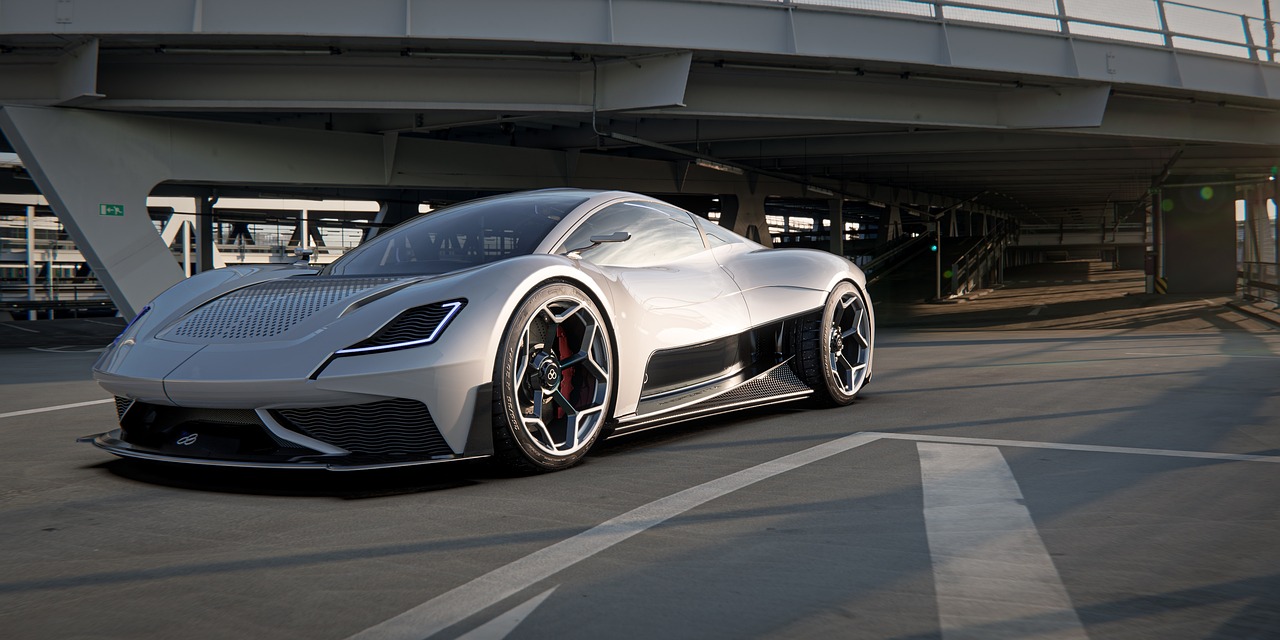The Evolution of Aerodynamics in Car Design: Improving Efficiency and Performance
During the early days of automotive history, the concept of aerodynamics played a limited role in car design. Vehicles were primarily focused on functionality and mechanical efficiency rather than aerodynamic performance. The boxy and angular shapes of early cars resulted in high drag coefficients, leading to increased air resistance and decreased fuel efficiency.
As engineering advancements progressed, manufacturers began to recognize the significance of aerodynamics in improving the overall performance of vehicles. Influenced by developments in aviation, designers started to implement streamlined features in car bodies to reduce drag and enhance stability at higher speeds. The evolution of aerodynamics in early car designs marked a shift towards sleeker and more aerodynamic shapes, ultimately laying the foundation for modern automotive design principles.
Impact of Aerodynamics on Fuel Efficiency
Aerodynamics play a crucial role in determining the fuel efficiency of vehicles. By reducing aerodynamic drag, which is the resistance encountered by a vehicle as it moves through the air, cars can achieve better fuel economy. This drag is caused by factors such as the shape of the vehicle, airflow patterns around it, and features like side mirrors or antennas that disrupt smooth air flow.
Through advancements in design and technology, automakers have been able to enhance the aerodynamics of vehicles, leading to improved fuel efficiency. Features like sleek body shapes, underbody panels, and active aerodynamics systems help reduce drag and optimize airflow around the vehicle. Additionally, innovations such as grille shutters, air curtains, and rear spoilers are designed to minimize resistance and improve overall fuel economy.
How does aerodynamics affect fuel efficiency in vehicles?
Aerodynamics plays a crucial role in reducing air resistance and improving the overall fuel efficiency of a vehicle. By designing a car with sleek and aerodynamic features, it can move through the air more smoothly, requiring less energy to maintain speed.
Can you explain how early car designs evolved to incorporate aerodynamics?
Early car designs were boxy and had a lot of sharp edges, resulting in high air resistance. As the importance of aerodynamics became more apparent, car manufacturers started incorporating sleeker designs, curved shapes, and other aerodynamic features to improve fuel efficiency.
How much of an impact can aerodynamics have on fuel efficiency?
Aerodynamics can have a significant impact on fuel efficiency, with studies showing that even small improvements in aerodynamics can lead to noticeable increases in fuel economy. By reducing drag and air resistance, vehicles can achieve better mileage and consume less fuel.
Are there any drawbacks to focusing on aerodynamics for fuel efficiency?
While improving aerodynamics can boost fuel efficiency, it may also come with trade-offs such as reduced interior space, compromised styling, or increased production costs. Car manufacturers must strike a balance between aerodynamics and other design considerations to optimize overall performance.







